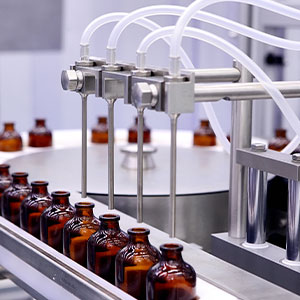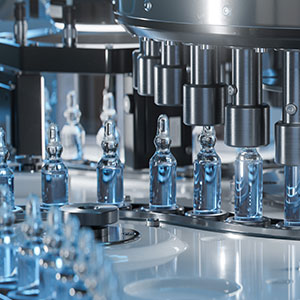Maintaining environmental contamination control is one of the objectives of regulatory guidelines for the pharmaceutical field. As outlined in the EU GMP Annex 1 regulatory standard for sterile drug products, a Contamination Control Strategy (CCS) is a way to outline a method to identify and analyze risk, review the mitigating opportunities and innovations, and ultimately define corrective and preventive action plans. Implementation of a CCS attempts to address the varied causes of contamination and compromised sterility.
Annex 1 provides the following definition:
“Contamination Control Strategy (CCS) – A planned set of controls for microorganisms, pyrogens and particulates, derived from current product and process understanding that assures process performance and product quality. The controls can include parameters and attributes related to active substance, excipient and drug product materials and components, facility and equipment operating conditions, inprocess controls, finished product specifications, and the associated methods and frequency of monitoring and control.” Annex 1 (2022)
Execution of a robust Contamination Control Strategy needs the support of subject matter experts in Manufacturing, Regulatory, Quality Control, Quality Assurance, and supporting departments.
Particle Measuring Systems (PMS) recently hosted a webinar titled Contamination Control Strategies for Innovation and Regulatory Compliance to explain how the implementation of a CCS attempts to address the varied causes of contamination and compromised sterility. This easy to read compendium for quick consultation consists of questions received in conjunction with the webinar along with questions from years of supporting our customers in their compliance journey. Questions are answered below by Ugo Omeronye .
The questions are organized into the following categories:
- Regulations
- Specific Applications
- Facility Questions (CCS)
- Miscellaneous










